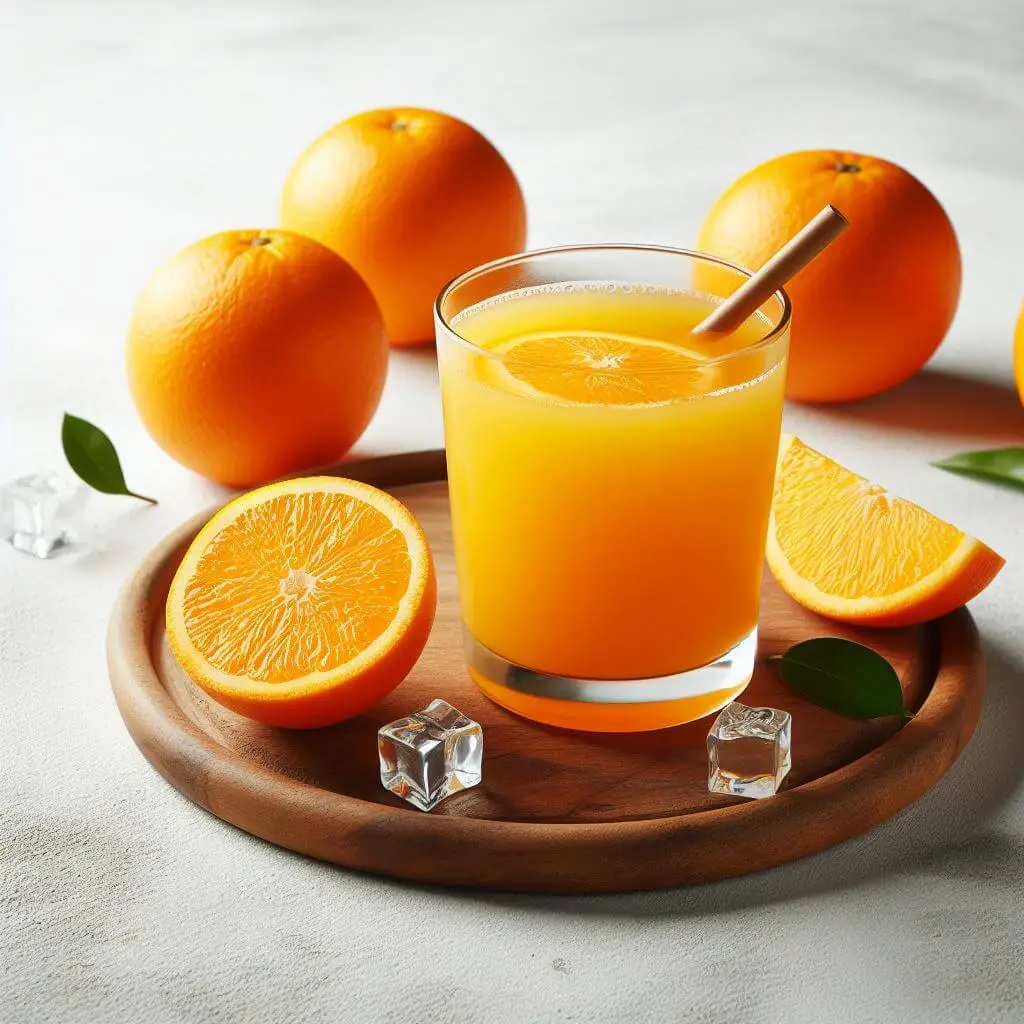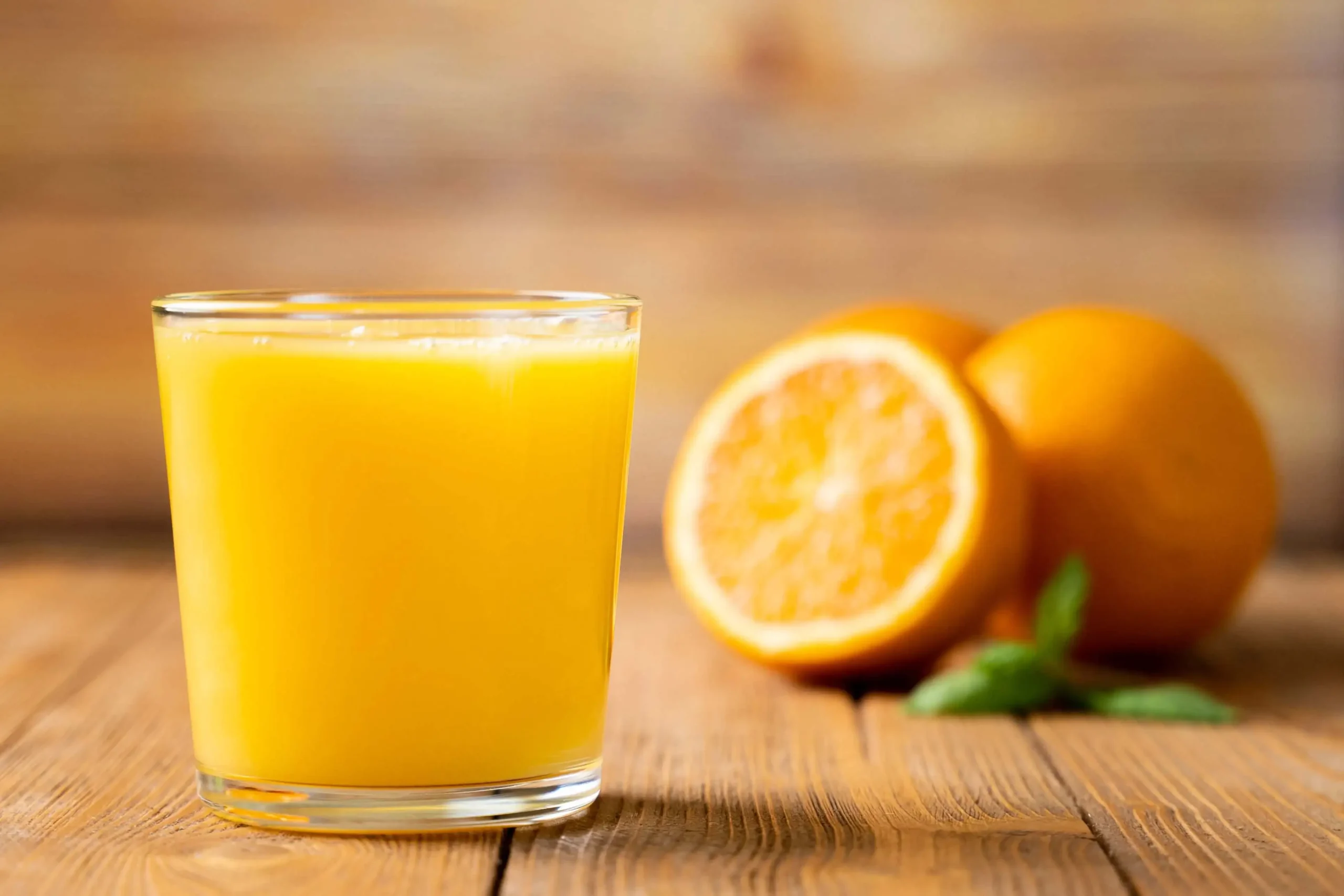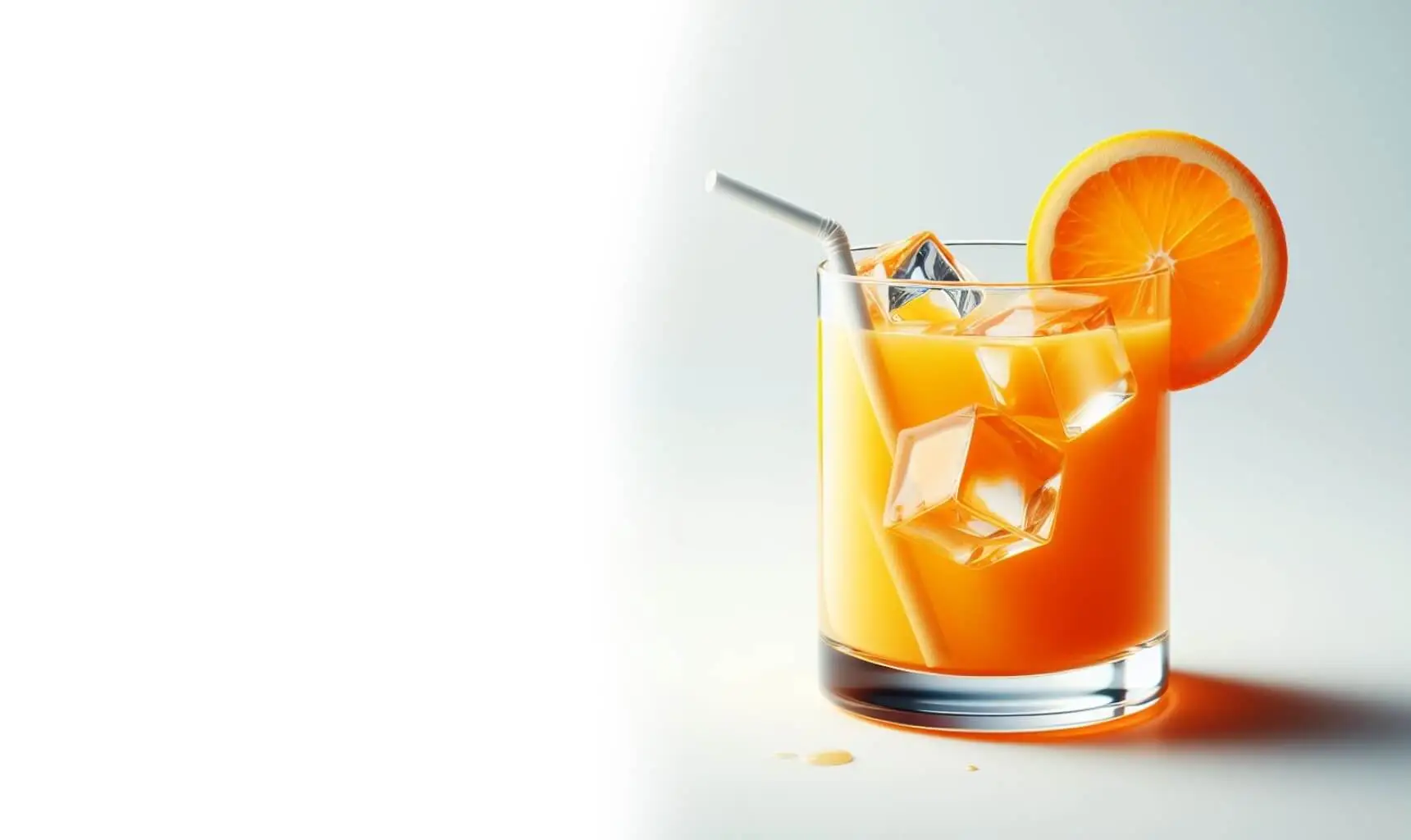Orange Juice Concentrate: A Complete Guide for Production, Exports, and Health Benefits
Introduction
Orange juice concentrate is a commercially valuable product made by removing water from orange juice through evaporation and freezing. This article provides a comprehensive overview of orange juice concentrate production, exports, nutritional benefits, and manufacturing process to help producers and exporters optimize search visibility and reach global customers.
Definition and Composition of Orange Juice Concentrate
Orange juice concentrate is unfermented, undiluted frozen orange juice with a high Brix value, generally around 48 or greater. Brix refers to the total dissolved solids content, mainly sugars. To produce orange juice concentrate, water is removed from the juice until the soluble fruit solids like sugars, acids, flavors, vitamins, minerals, and aromas are concentrated.
The typical composition of orange juice concentrate includes 10-15% sugars (sucrose, fructose, glucose), 0.5-1.5% organic acids (primarily citric acid), water-soluble vitamins like vitamin C and folate, antioxidant compounds like hesperidin, dissolved pulp particles, and volatile aroma compounds like esters, alcohols, aldehydes, ketones, and terpenes.
Global Production Figures and Leading Producers of Orange Juice Concentrate
Brazil leads global production of orange juice concentrate, accounting for an estimated 80% market share. Brazil’s sizable orange groves, advanced juice processing capabilities, low production costs, and economies of scale make it the dominant player.
The 2021/2022 forecast for global orange juice production is 2.38 million metric tons, down 11% from last season due to adverse weather affecting Brazil’s crop. Still, Brazil is projected to produce 1.73 million metric tons of orange juice this season. Other major producers include Florida with 0.21 million tons, Mexico with 0.15 million tons, and the European Union with 0.12 million tons.

orange-juice-concentrate-from-grove-to-glass-1
Iran’s Orange Production and Orange Juice Concentrate Exports
Iran’s domestic orange production reached around 500,000 metric tons in 2021, according to FAOSTAT data. Most of this harvest supplies the fresh fruit markets rather than juice processing. To meet local demand for orange juice, Iran relies heavily on imports, with $73 million of Orange Juice Concentrate imports in 2020.
Iran has limited production capacity for orange juice concentrate through companies like Pomona. Estimates suggest Pomona can produce around 25,000 metric tons of concentrate annually. Iran exports small quantities of orange juice concentrate, valued at $5.5 million in 2020. Top export markets include Iraq, Afghanistan, Turkey, India, and Russia. But export potential exists to further develop orange juice concentrate production and sales.
Health Benefits and Nutrition Provided by Orange Juice Concentrate
Orange juice concentrate retains the nutritional virtues of fresh oranges, including valuable doses of vitamin C, potassium, folate, and antioxidant compounds.
Vitamin C is a powerful antioxidant that supports immune function and neutralizes free radicals. A serving of orange juice concentrate provides over 100% of the recommended daily vitamin C intake.
Orange Juice Concentrate is also a good source of potassium and folate, which promote heart health and cell growth. The flavonoid hesperidin in oranges demonstrates anti-inflammatory, cholesterol-lowering, and anticancer effects based on research.
Studies confirm processed and concentrated orange juice retains similar levels of antioxidants, vitamins, and bioactive plant compounds as fresh juice. The convenience and transportability of frozen concentrate makes these nutrients widely available to consumers worldwide.

orange-juice-concentrate-from-grove-to-glass
Step-by-Step Manufacturing Process for Orange Juice Concentrate
Producing consistent, high-quality orange juice concentrate requires meticulous sorting, extraction, clarification, evaporation, freezing, and storage. Here is an overview of the manufacturing process:
1. Orange Selection – Inspect and thoroughly wash oranges. Remove substandard or defective fruit.
2. Juice Extraction – Squeeze oranges using high-capacity extraction machines.
3. Screening – Pass extracted juice through finisher screens to remove solids.
4. Flash Pasteurization – Rapidly heat juice to 72°C for 15 seconds to deactivate spoilage enzymes.
5. Evaporation – Pipe juice into evaporator tubes and boil off water to reach 65 Brix concentrate.
6. Freeze Concentration – Quick freeze concentrate into blocks to further remove water.
7. Storage – Move frozen blocks into 0°F cold storage warehouses for long term preservation.
8. Packaging – Crush blocks, standardize to target Brix, fill concentrate into retail cans or bulk drums.
Leading Orange Juice Concentrate Producer in Iran – Pomona Company
Pomona Company is the largest and most reputable orange juice concentrate producer in Iran. The company’s state-of-the-art facility can manufacture around 25,000 metric tons annually. Pomona sells to major beverage companies in Iran and exports to nearby markets. Their concentrate is renowned for its quality, safety, and authentic orange flavor.
Conclusion
As the global leader in orange juice concentrate, Brazil is well positioned to capitalize on rising demand. For Iran’s producers, opportunities exist to grow exports by leveraging orange juice’s nutritional appeal. With advanced processing technologies, orange juice concentrate will remain a profitable and wholesome ingredient around the world.

